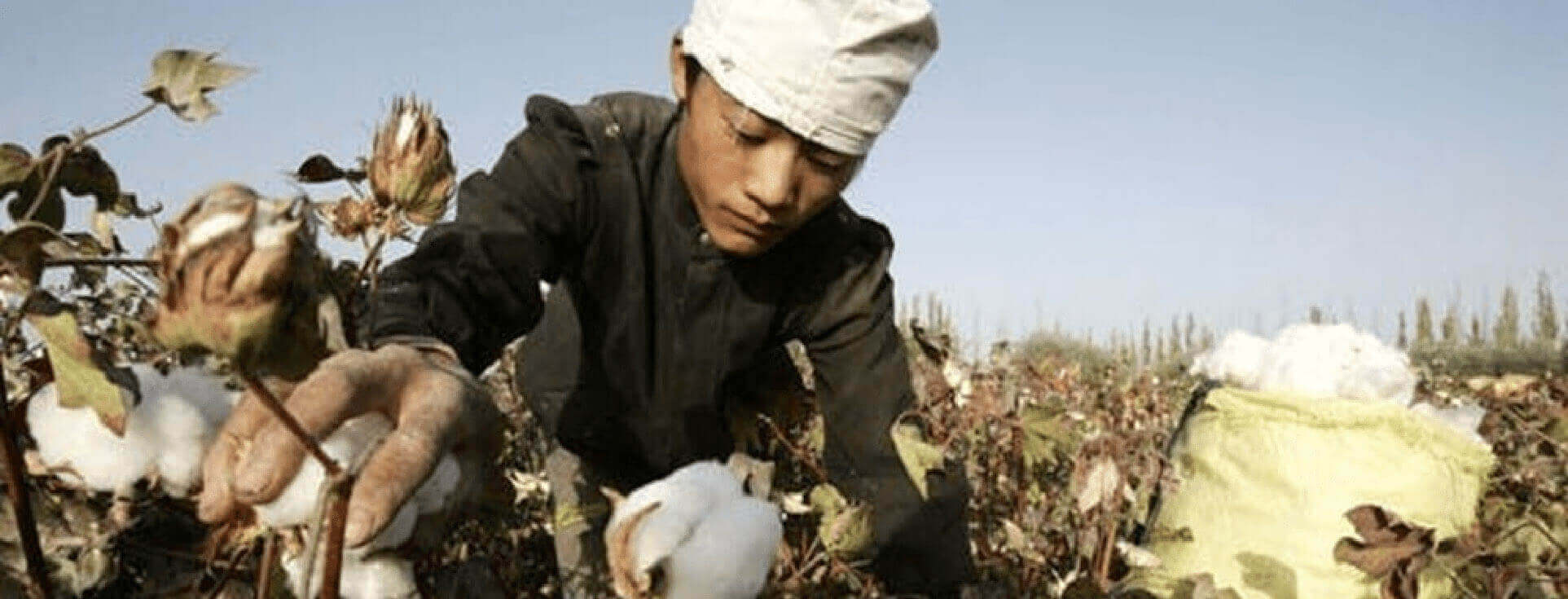Customer Success Story:
Publican Discovers Use of Forced Uyghur Labour Within Major Shoe Brand Products
From geopolitics to the modern digital world, things have changed quite a bit since the US Tariff Act of 1930 prohibited importing overseas goods that involved forced labor. Yet despite almost a century of ‘progress’, modern slavery and exploitation in today’s supply chain remains alive-and-well, namely in parts of north-west China where the use of forced Uyghur laborers has provided considerable concern.
The High Hurdles of UFLPA
In June 2022, the Uyghur Forced Labor Prevention Act (UFLPA) came into effect as part of a unified global response to the Uyghur Crisis, stipulating that any product partly or wholly made in Xinjiang is “tainted by forced labor.” Implementing it, however, has been anything but straightforward.
Simply put, the act is fraught with loopholes and ambiguities, while complex Chinese supply chains vulnerable to manipulation make the obligation to “demonstrate due diligence” even less realistic.
Regions outside of Xinjiang (therefore outside the global radar for Uyghur labor restrictions) are now also beginning to ferry in Uyghur laborers—complicating the UFLPA’s mission altogether. When you add to that the reality that any information coming from within China is tightly controlled, it’s no wonder enforcing the UFLPA is proving so troublesome.
Official Checks Are One Thing, Real Transparency is Another
Recently, a US shoe company had a batch of products seized by US Customs due to UFLPA. The company then successfully appealed the ruling with an investigation finding no evidence to support the initial allegations.
But as mentioned before, the obstacles to achieving real transparency in this unique context renders these ‘official’ conclusions questionable at best. To properly enforce regulations in these circumstances, authorities need to utilize all the powers of today’s digital sphere with intelligent open-source approaches that can unearth insights beyond the capacity of current ‘official’ checks.
 WHAT DID PUBLICAN FIND?
WHAT DID PUBLICAN FIND?
Publican’s Digital Vetting Solution was able utilize its deep intelligence knowhow with unique and publicly available sources to flag various instances indicative of forced Uyghur labor taking place during the production stage.
- Publican identified a Uyghur internment camp escapee who fled China in 2019 and now shares Uyghur-related news on her Facebook profile.
- Numerous videos shared by the individual both on Facebook and TikTok since 2020 show footage from inside the major brand’s factories exhibiting the use of Uyghur laborers.
- This individual has also shared similar evidence from within the factories of some of the biggest brands in the world, all of whom have consistently denied any links to such practices in the past.
Perhaps the initial pushback from some companies was the first alarm bell rung, since it’s unlikely that so many huge corporations would all have lobbied against the bill so strongly had they not been privy to their own supply chain realities.
Fortunately, today we don’t have to sit idly by with the capabilities of intelligent data-driven technology available to us. Publican’s Digital Vetting Solution uses these powers to their fullest extent, diving deeper into the nooks and crannies of the data ecosystem with advanced algorithms and cutting-edge technology that allows us to illuminate the realities of the cryptic production journey. For more information, visit https://publican.ultra.global/
Get in touch
-
21 Soho Square London W1D 3QP, UK



